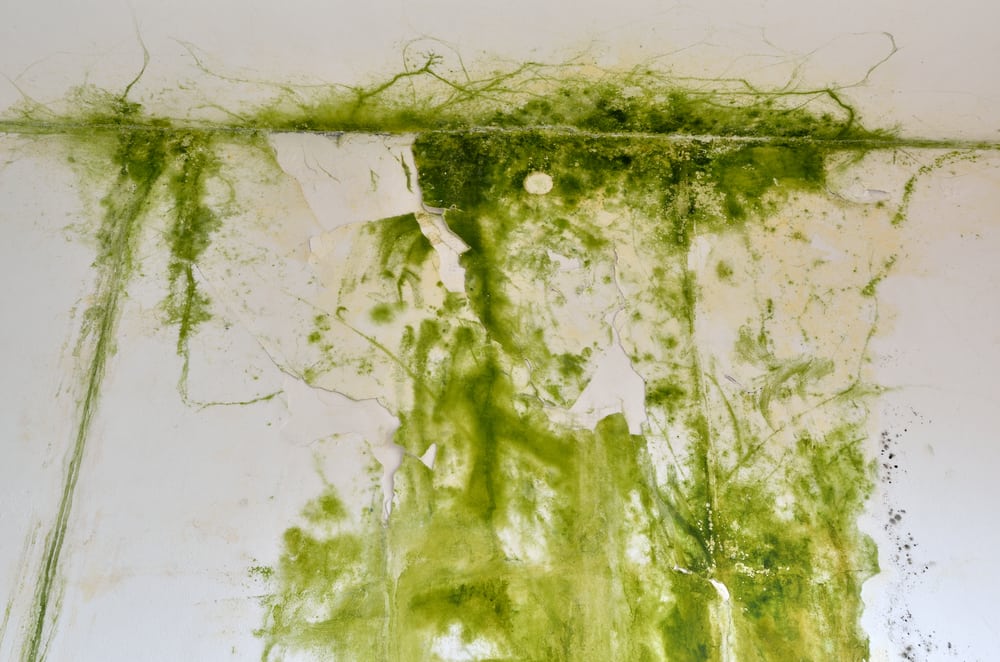Owning a home brings many pleasures and occasional surprises, including the unwelcome discovery of mold lurking in unexpected places. Understanding the various types of mold is crucial for effective remediation and prevention. Let’s delve into the world of mold and uncover the common varieties that may be present in your household.
1. Cladosporium
If you’ve noticed dark green or brown patches on surfaces like walls or ceilings, you might be dealing with Cladosporium. This resilient mold thrives in damp environments and can be found in both warm and cool areas of the home. While Cladosporium is not as harmful as some other molds, it can still trigger allergic reactions and respiratory issues, so prompt removal is essential.
2. Aspergillus
Aspergillus is a versatile mold with over 185 species, each capable of appearing in various colors such as green, white, yellow, or black. This adaptable fungus can colonize HVAC systems, carpets, or areas with moisture buildup, such as basements. While some strains of Aspergillus are harmless, others can produce mycotoxins, posing health risks to individuals with weakened immune systems.
3. Stachybotrys chartarum (Black Mold)
Black mold, or Stachybotrys chartarum, is notorious for its dark greenish-black appearance and slimy texture. It thrives in environments with excessive moisture, often proliferating in areas with water damage or leaks. Exposure to black mold can lead to severe health issues, including respiratory problems and neurological symptoms, highlighting the importance of prompt remediation.
4. Penicillium
Despite its name association with antibiotics, Penicillium can pose risks when found in the home. This mold typically manifests as a powdery substance in shades of blue or green and commonly colonizes water-damaged materials like wallpaper or upholstery. Prolonged exposure to Penicillium spores can exacerbate allergies and respiratory conditions, emphasizing the need for swift remediation.
5. Alternaria
Alternaria is an opportunistic mold that thrives in damp environments both indoors and outdoors. With its velvety texture and dark green or brown coloration, it often goes unnoticed until it triggers respiratory issues or allergic reactions. Commonly found in bathrooms, kitchens, or basements, Alternaria requires proactive measures to prevent its proliferation.
Taking Action Against Mold
Prevention is key in the battle against mold infestations. Addressing water leaks, improving ventilation, and maintaining optimal indoor humidity levels are effective strategies for mold prevention. Regular inspections and prompt remediation of mold-prone areas can help mitigate potential problems and safeguard your home against mold infestations.
By familiarizing yourself with the common types of mold found in homes and adopting proactive measures to prevent their proliferation, you can maintain a healthy and mold-free living environment. Remember, vigilance and swift action are crucial in preserving the sanctity of your home against mold intrusion.



 PuroClean Certified Restoration Specialists
PuroClean Certified Restoration Specialists